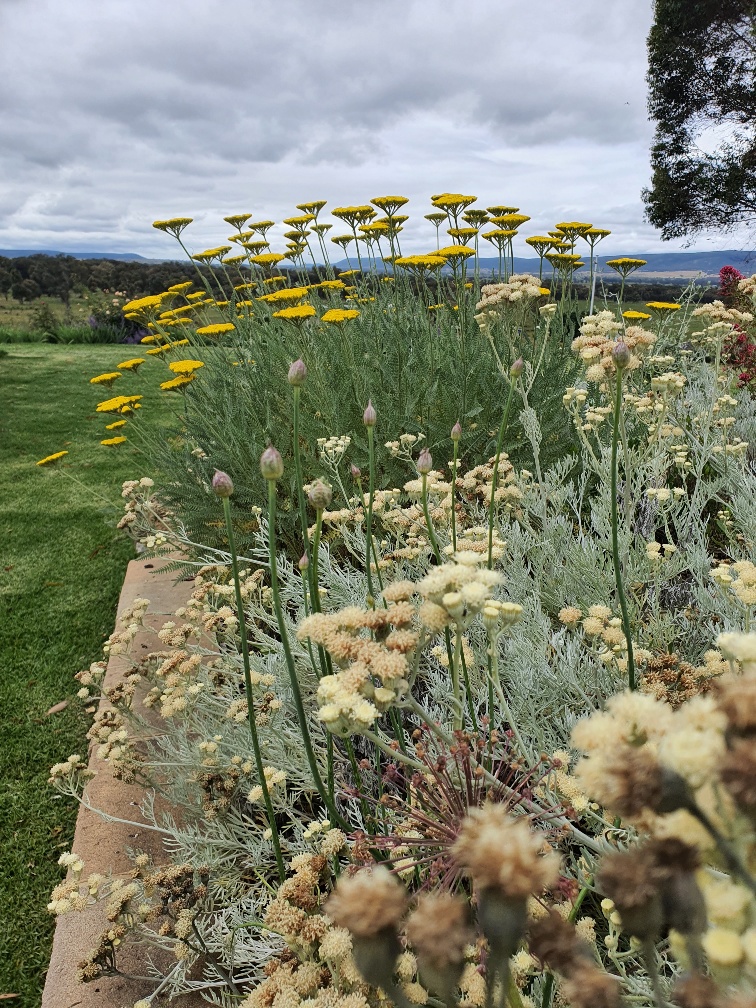
19 Dec Garden Tasks For Summer
Mow – Weed – Mow – Weed – Whipper Snip – Mow – Weed….and repeat!!
Its very time consuming mowing and weeding at this time of year unfortunately there aren’t any quick ways around escaping these garden tasks.
Check your irrigation systems adjust for the season. Make sure you double check any lawn pop ups to make sure the grass hasn’t grown over them. One tip to prevent this from happening is to slide a piece of 100 mm pvc over the top of the pop up and then spray fuselaid or round up down the tube to selective kill off the grass around the pop up.
Dead head roses ready for second flush of flowers
With the great growing season, trees have flushed out with a lot of new growth and many branches are now heavily weighted with growth. You can start to lift the canopy or under prune trees especially those that get in the way whilst mowing.
In the veggie garden you can start planting succession rounds of many vegetables. Veggies like lettuce, capscium, cucumbers, carrots, Chilliesand most herbs
I think it’s important to take some time for reflection on the hot summer days. It may be too hot to do a full day of gardening but it can be a good time to step back and reflect on how your garden is growing. Some key things to look at in your garden are; -Where was the most amount of weed growth?
Do you need to re-apply more mulch to these areas now or make a note to add addition mulch in these areas next winter to try and prevent the explosion of weeds next year.
Alternatively do you need more plantings in these areas. More plantings in the spaces taken up weeds now will help to act as a good weed suppressant next year.
In larger gardens in rural areas bush fires are a very real part of life. It is important to check that you have clear access to all sides of the garden. I try to consider this when designing gardens around houses on farms or in rural area. Giving clearance so fire trucks can access all parts of the garden. You should also check that you can get water to all parts of the garden. Do you have a reliable water source? and is the pressure good in all areas of the garden. Creating a clear fire break of low grass or ground covers is another good design strategy to try and reduce the likelihood of fire. Planting out some key areas of the garden with plants that are known to be less likely to burn or that will act as fire retardants. A very informative reference book for safer gardens is Plant Flammability & Planning for Fire written by Lesley Corbett. Link here



